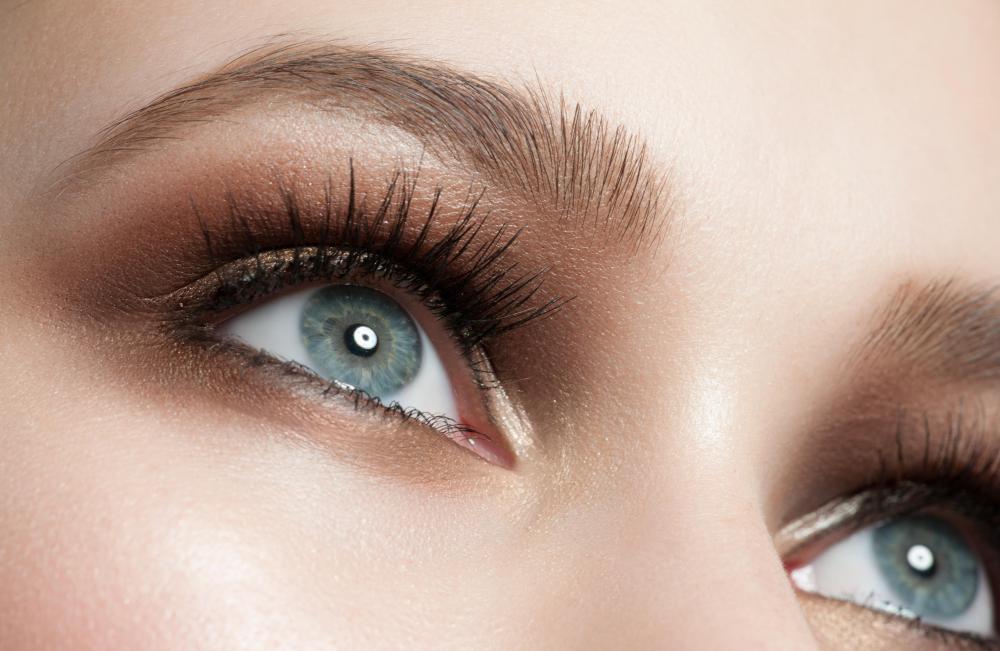At TheHealthBoard, we're committed to delivering accurate, trustworthy information. Our expert-authored content is rigorously fact-checked and sourced from credible authorities. Discover how we uphold the highest standards in providing you with reliable knowledge.
What is Anisometropia?
Anisometropia is a visual condition in which a person sees differently from each eye. Instead of having the same vision in both eyes, a person with anisometropia sees a larger image in one eye and a smaller image in the other, causing blurring. In some cases, it also causes a condition called lazy eye, which occurs when the vision is weak or distorted in one eye.
When someone has normal vision, in contrast to anisometropia, he sees images from both eyes as about the same size and shape. This type of vision is called binocular vision and means both eyes are used to perceive vision together. Having good binocular vision doesn’t mean a person’s vision is exactly the same in both eyes, however. Instead, it means there’s no more than half a percent difference in the sizes of images perceived in each eye. If the image size difference is more than half a percent, the affected person is considered to have poor binocular vision.

Anisometropia may be present at birth, though doctors might not detect it until much later. Eye doctors typically detect it by testing the vision in each eye and noting the differences. Older patients may initially notice blurry vision that leads them to seek an eye examination, or they may note differences in how well they see when covering one eye or the other. In some cases, an anisometropia diagnosis may occur because it causes other conditions, such as double vision and eyestrain.

A diagnosis means a person has a different level of refractive error, which is the improper bending of light, in each of his eyes. A person may be very nearsighted in one eye yet have only a slight level of nearsightedness in the other eye. It can also mean a person has different types of sight errors in each eye. He may be farsighted in one eye and nearsighted in the other eye, or have a number of variations in sight from each eye.

Treatment depends on whether or not it is severe. Some people may develop a tolerance for the condition and may not require any specific treatment. This may be more likely when only a small level of visual difference is present. Corrective lenses or surgery may be used when the difference is prominent.
AS FEATURED ON:
AS FEATURED ON:














Discuss this Article
Post your comments